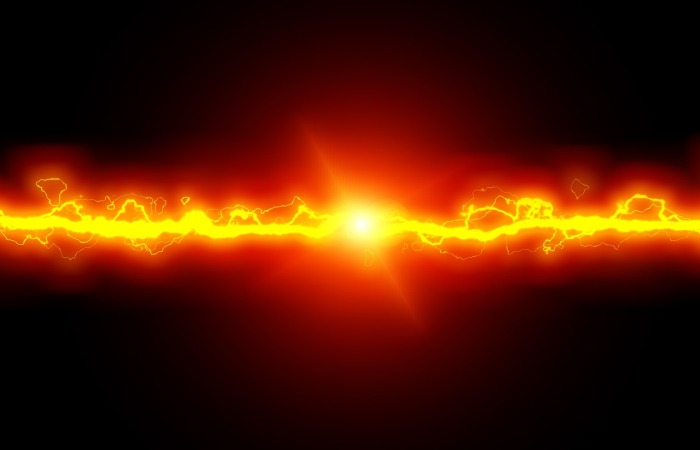Graphene battery and its benefits

Graphene battery and its advantages.
Graphene battery is a kind of hybrid between a capacitor and a chemical current source. Has high conductivity, light weight, high capacity and fast charging cycle is measured from several tens of seconds to several minutes.
The advantages of the graphene battery compared to other
Graphene battery:
Graphene battery is a kind of hybrid between a capacitor and a chemical source of current. A significant increase in density and power stored in it energy is achieved by oxidation-reduction reactions at the cathode of giperatsidnogo graphene with additional oxide group, and the subsequent alternating graphene and silicon wafers. The anode can be made of two types of materials: cobaltate lithium or of magnesium oxide. The result is device – graphene batteries have the highest possible electron mobility.
Graphene – one of the varieties of hydrocarbon crystals with atoms, reminiscent of his form of regular hexagons, which occupies a common plane. This thinnest film (hundreds of thousands of times thinner than a sheet of paper) was opened by Russian scientists Andrei Geim and Konstantin Novoselov, studying substrate of silicon oxide. Clearly the material is a transparent carbon plate corresponding to the thickness of one atom (91х10-12).
He – graphene very high strength, electrical and thermal energy. Thus, the specific energy of the graphene is approaching 65 kW*h/kg; This figure is 47 times that are so common nowadays lithium-ion batteries. Graphene has almost no resistance. From graphene to 70 times the mobility of electrons is higher than that of silicon. The speed of electrons in graphene is 10 000 km/s, although in a conventional conductor, the velocity of the electrons of order 100 m/s.
These unique properties allow the use of graphene as a material for batteries.
Depending on the used derivative material, graphene battery can be based on two physical principles:
on the basis of graphene oxide, which is used when constructing a form of energy storage, providing a high specific capacity;
on the basis of the recovered graphene oxide, which is used in the cathodes chemically binds with the oxygen.
In both kinds of batteries are also used in electrochemical processes, but the devices work on clean electrolyte polyaminoamide basis.
Advantages over analogues (conventional batteries):
– inexpensive and common raw materials. It is now possible to produce graphene on an industrial scale cheap way
– light weight. One square meter of graphene weighs less than 1 gram, which consequently affects the weight of the entire battery
– ecological purity (absence of pollution),
– good durability and water resistance,
– quick recovery of damaged areas,
– high conductivity, which exceeds the characteristics of all existing semiconductor materials,
– high specific capacity. Use it as a current source allows you to drive an electric car 1000 miles without recharging,
technical durability and the ability to accumulate more power during frequent cycles of charge/discharge,
– fast charging, as measured from several tens of seconds to several minutes.
Note: © Photo ,



